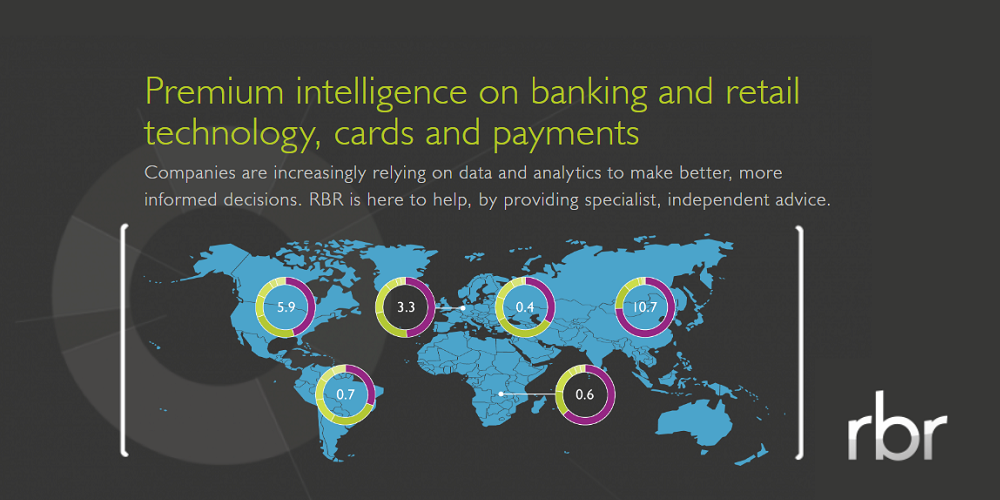
More than 160,000 stores worldwide will support contactless mobile self-scan shopping by 2027.
46,000 stores across the world allow customers to scan items as they shop, a figure forecast to grow by over three times during the next five years, according to RBR’s study, Mobile Self-Scanning and Checkout-Free 2022.
10,000 additional stores offered mobile self-scanning during 2021
Customers can use mobile self-scanning at more than 46,000 stores across the world, according to Mobile Self-Scanning and Checkout-Free 2022, a brand new study by strategic research and consulting firm RBR. During 2021 an additional 10,000 stores globally began offering this service, with customers scanning items as they shop either using their own smartphone or a device provided by the retailer.
Smartphone self-scanning drives growth
Mobile self-scanning solutions have been offered by large, established retailers in European countries such as the UK, France and the Netherlands, for many years. However, major chains in other parts of the world, such as in the USA, as well as smaller merchants elsewhere, are increasingly offering the service via smartphone applications. In 2021, convenience chain 7-Eleven rolled out smartphone self-scanning to almost 3,000 US stores, while in Spain fuel retailer Repsol did likewise at 600 outlets.

Retailers either build their own mobile self-scanning software or use third parties
The study shows that although many retailers develop their own software for mobile self-scanning, a large number work with third party specialists. Vendors such as Dutch firm Re-Vision, acquired by Extenda Retail in 2022, Austria’s Shopreme and the UK’s Mishipay supply retailers across a wide range of countries, while Budgetbox’s solution is live at leading French grocers.
In the USA, Skip works with a range of supermarkets, while Chinese retailers mainly use apps via payment programmes WeChat and Alipay. Other retailers work with their POS software provider, with notable players including GK Software, NCR and Toshiba.
The market for self-scanning via retailer-provided devices continues to grow, with US-based Zebra accounting for more than 80% of hardware installations; Italy’s Datalogic accounts for most of the remainder.
Self-scanning stores forecast to triple by 2027
While grocery chains in mature markets will continue to expand mobile self-scanning to more stores, the technology will be increasingly deployed in other sectors, including convenience with fuel, DIY, homeware and apparel. Greater adoption of smartphone self-scanning applications, particularly in the Americas and Asia, will boost the market in years to come. According to RBR, by 2027, the number of stores offering mobile self-scanning globally is set to reach more than 160,000.
Alex Maple, who led RBR’s Mobile Self-Scanning and Checkout-Free 2022 research, commented: “Mobile self-scanning is expected to expand strongly, to a more diverse range of retailers and to new geographies. Whether it is scanning items using a smartphone or a handheld retailer-provided device, reducing friction and enhancing the shopping experience remains a key aim.”
Banking 4.0 – „how was the experience for you”
„To be honest I think that Sinaia, your conference, is much better then Davos.”
Many more interesting quotes in the video below: